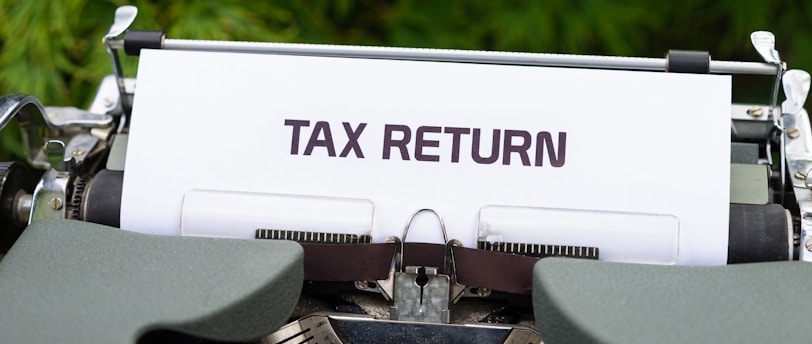Key Changes in Dutch Tax Rules for 2025
A quick guide to the changes to income tax for 2025 in The Netherlands
INCOME & TAXES
Dad from NL
2/8/20252 min read


Introduction to Dutch Tax Rule Changes in 2025
Every year, the Dutch tax system undergoes various adjustments to align with the changing economic landscape and governmental priorities. The year 2025 will see significant modifications to the tax code, which will particularly affect taxpayers in multiple facets. Understanding these changes is crucial for both individuals and businesses to ensure compliance and maximize tax efficiency. This article will focus on the changes for individuals.
Tax on income from work & home ownership (Box 1)
For several years, the income tax system in the Netherlands has consisted of two rates. In 2024, the basic rate was 36.97%, and the top rate of 49.50% applied to income exceeding €75,518.
Starting on January 1, 2025, this system will transition to a three-rate system. The current base rate will be split into two brackets.
The first rate will decrease slightly to 35.82% for income up to €38,441.
The second rate will apply to income between €38,441 and €76,817.
The top rate of 49.50% will remain unchanged but will apply to income above €76,817.
The Good news is that it means, the payslip for most people will show a slightly higher take home pay.
Tax rate 2024 – 2025
In 2024, the tax on income from work increased slightly compared to 2023. However, in 2025, the burden on middle-income earners will decrease, resulting in lower income tax on their monthly payslips. This adjustment is achieved by introducing a third rate and raising the threshold for income subject to the maximum rate.
The modifications are illustrated in the table below.
Wealth tax Netherlands 2024 – 2025 (Box 3)
From 2001–2016, the tax authorities used an assumed returns (notional) method and calculated a notional return of 4%, on which a tax of 30% was charged. This effectively amounted to a levy of 1.2%. As you can imagine, this was not entirely fair to small savers who earned less than the assumed return.
Since then, the percentages have been adjusted annually. However, what remained unchanged for a long time was that a fictitious return was still calculated on your assets, regardless of the actual return achieved.
From 2017 until 2021, the Tax Administration continued to use notional returns but introduced a notional split between savings and investments to better reflect reality.
The most recent change to the Box 3 levy came in 2022, introducing three brackets for taxable assets above the exemption threshold (€57,000 in 2024). Each bracket is based on an ‘asset mix,’ which distinguishes between:
Bank and savings deposits
Investments and other assets
Liabilities
Supreme Court Ruling on Box 3 Taxation
After many Dutch residents objected to this notional returns approach, the Supreme Court stepped in and made a ruling on this. One of the most prominent topics under discussion is the Supreme Court ruling related to Box 3 taxation. This ruling has led to widespread debates about how assets are taxed in the Netherlands.
The implications of this ruling may result in adjustments to how wealth is categorized, affecting investors and savers alike. Taxpayers may find that their existing strategies regarding asset allocation and wealth management need reevaluation in light of this decision. The most important was the ability for an individual to be taxed based on the actual returns for each asset class. This system is intended to provide a fairer and more realistic approach to taxing assets.
The table below highlights how each asset class will be treated in 2025.
Coming soon.... your 2025 Tax caluclator
Meanwhile you can check more information on the official belastingdienst site here
dadfromNL
Subscribe to our newsletter
Contact:
dadfromnl@gmail.com
Copyright 2025 © DadfromNL
All rights reserved.
